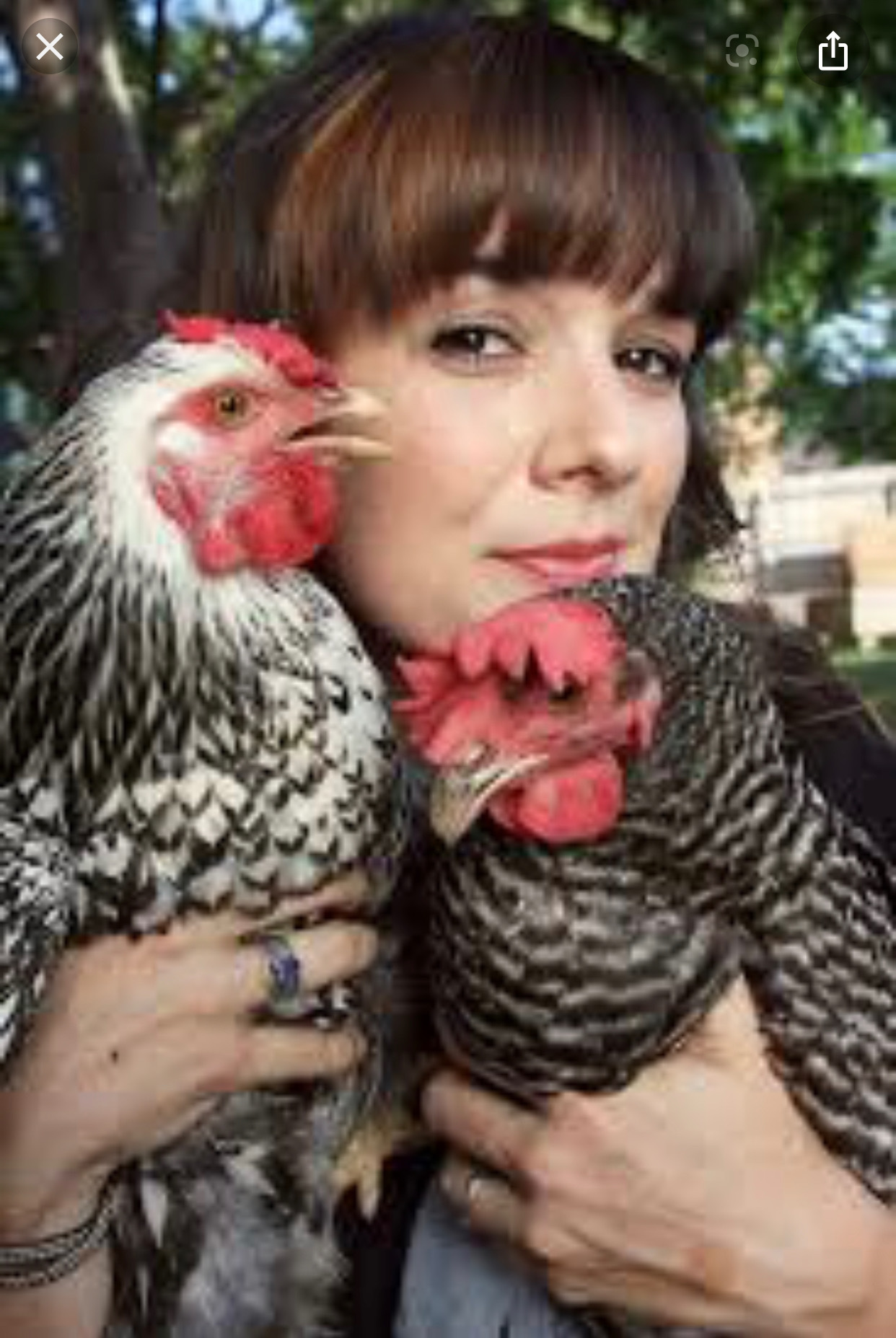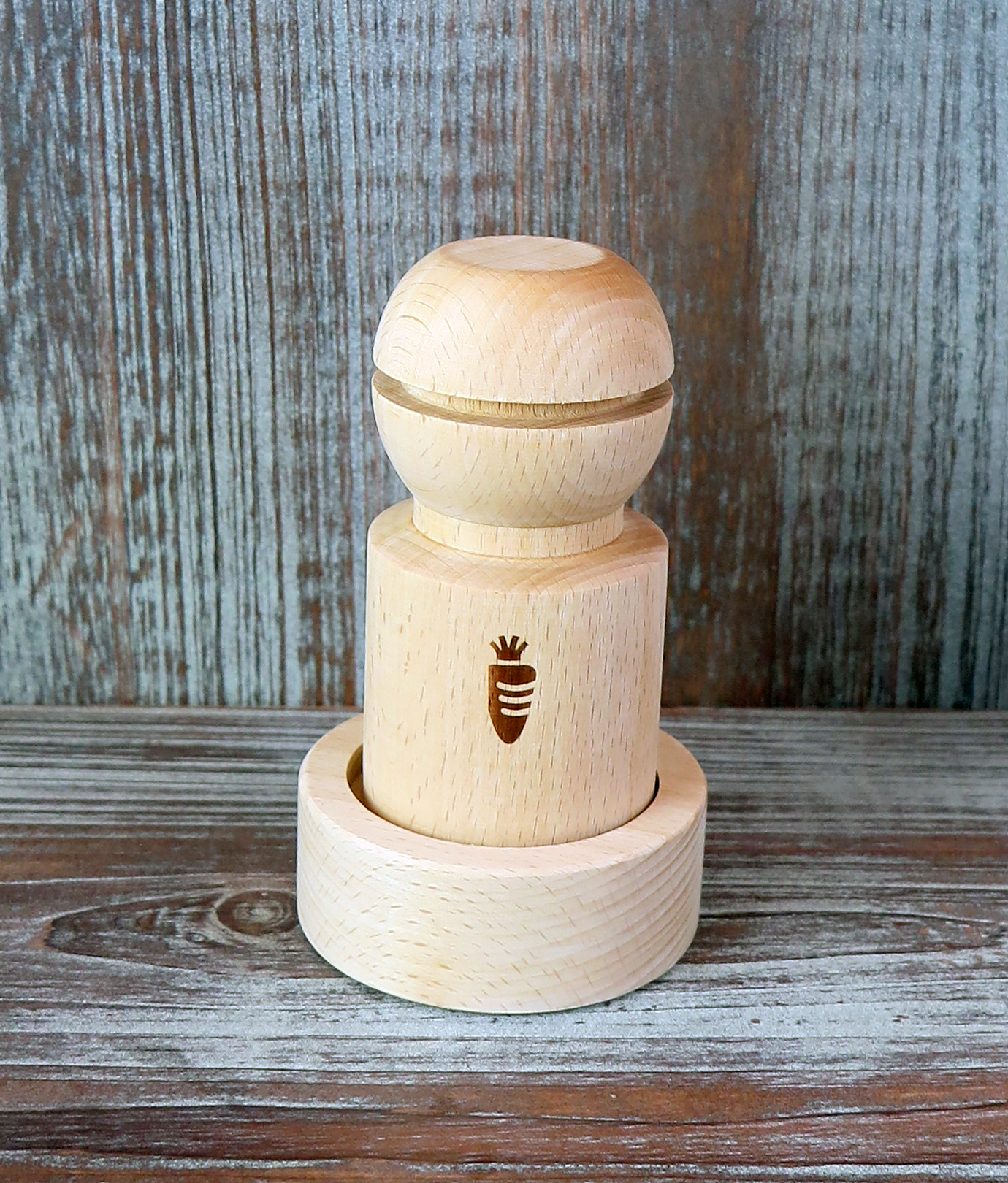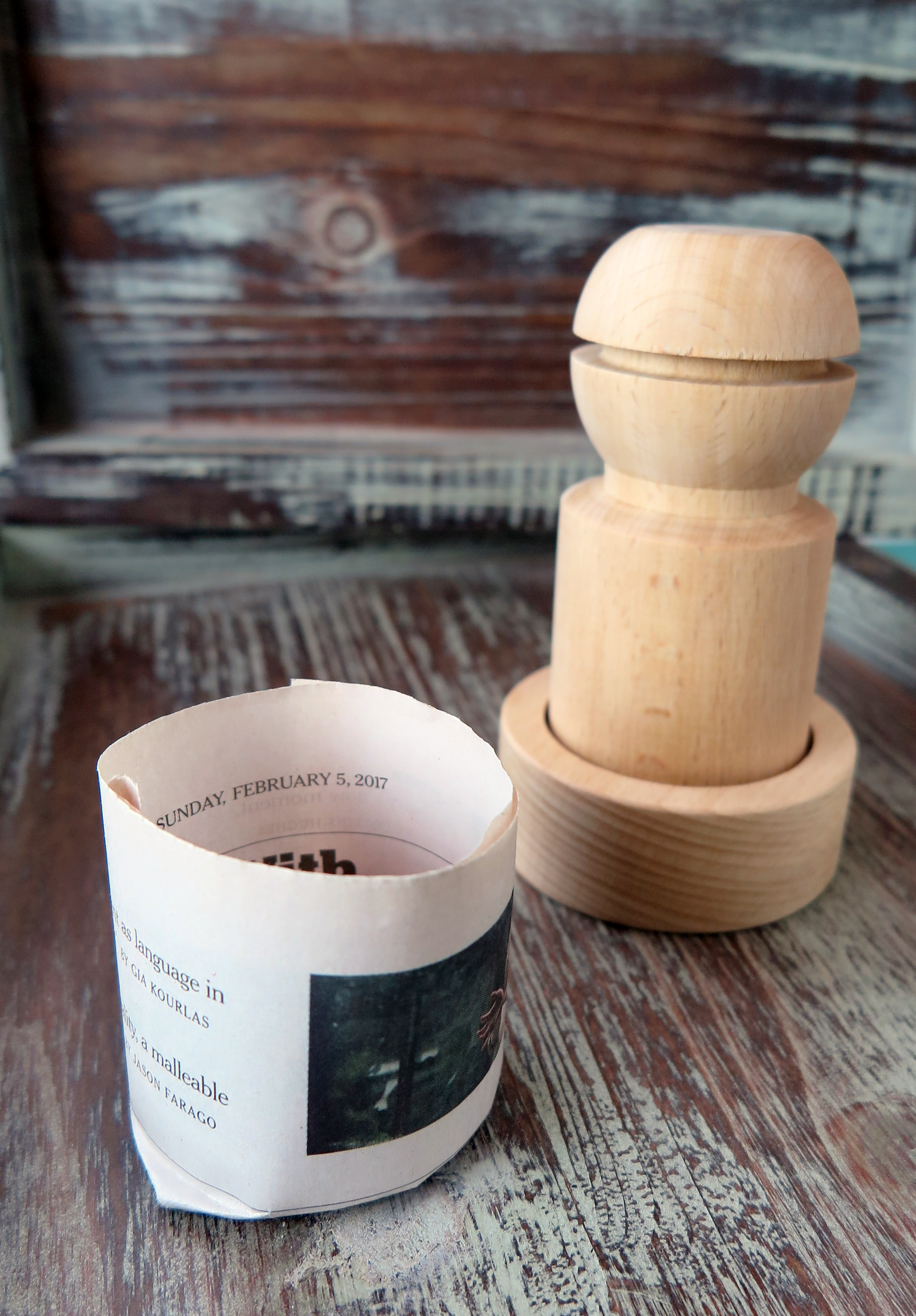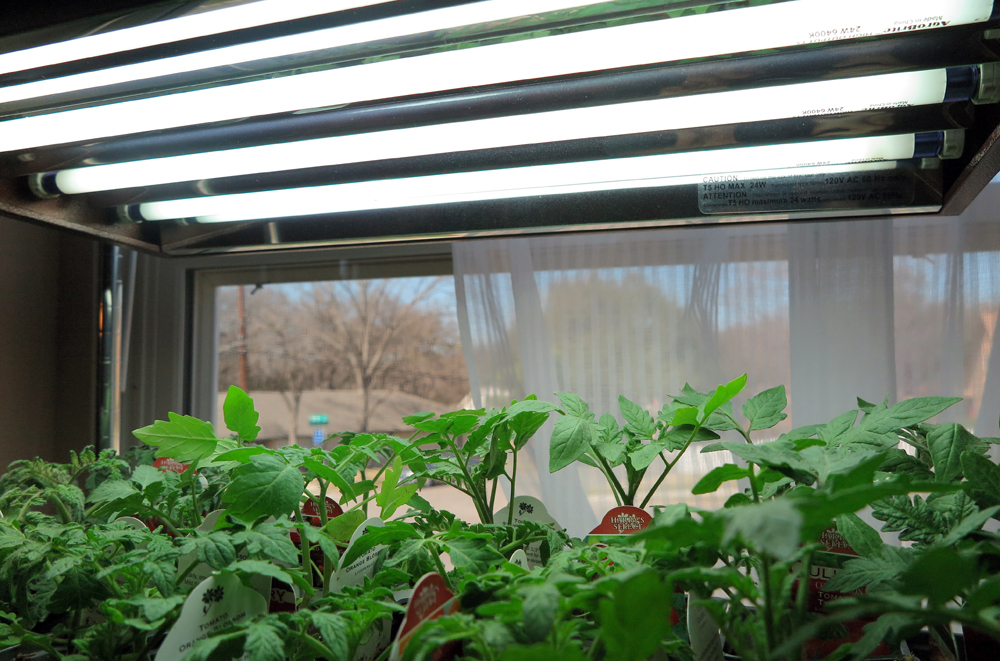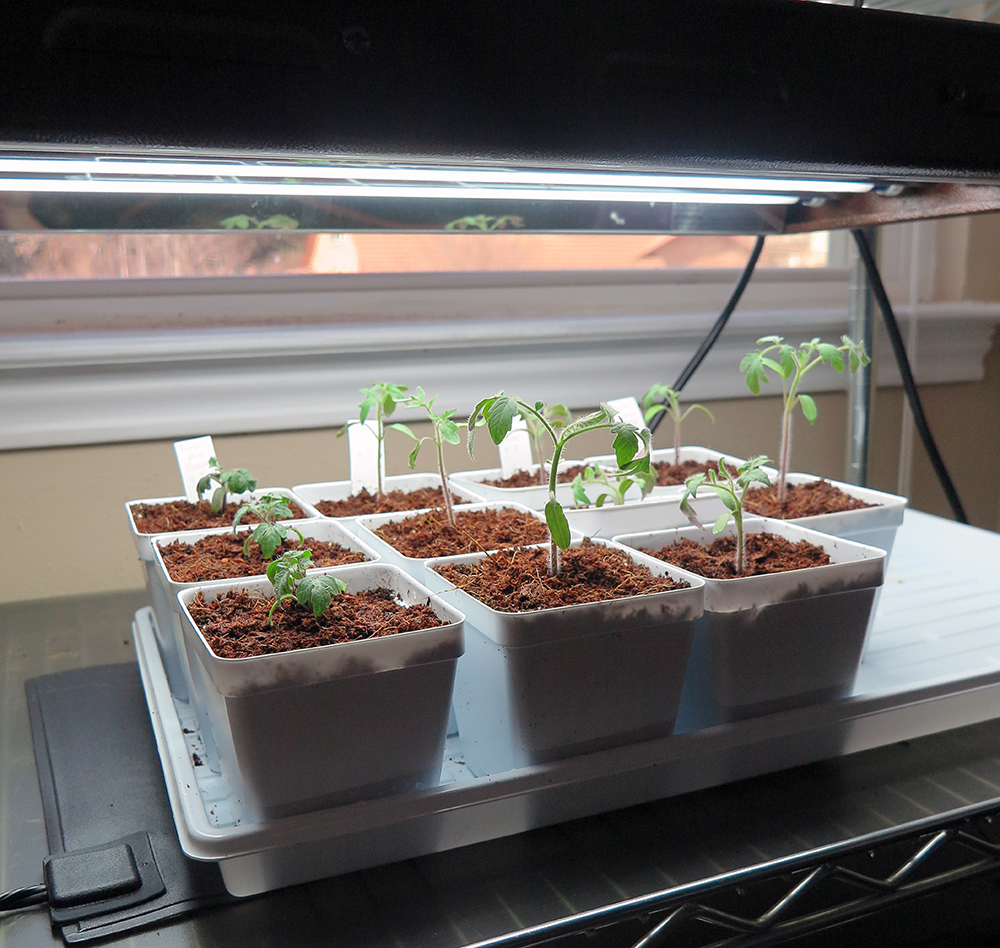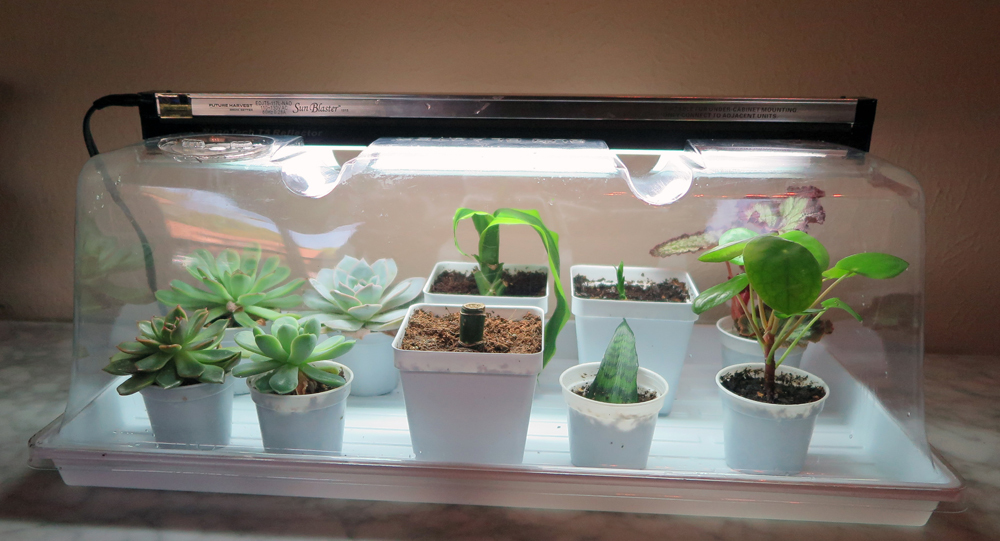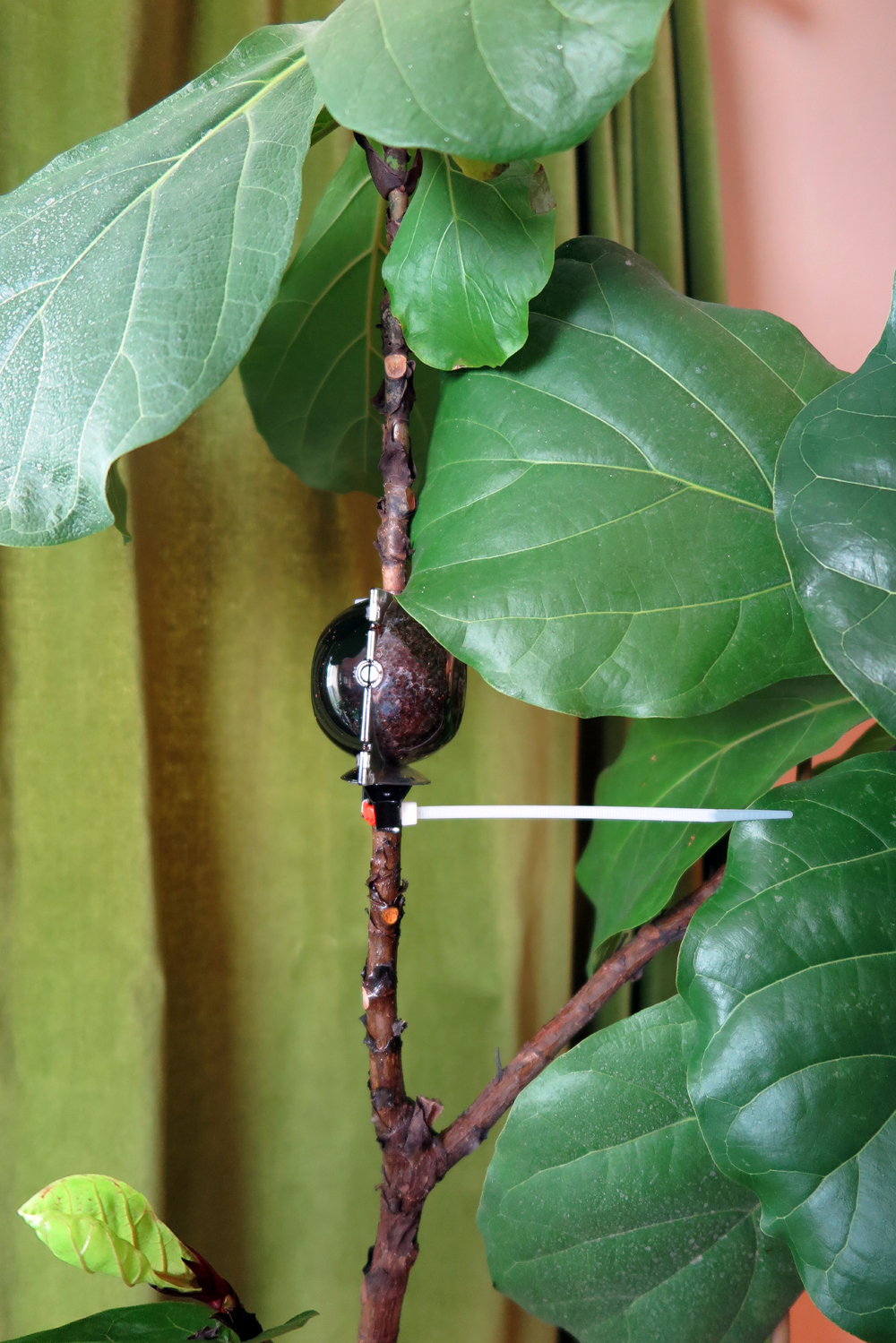Plant Parenting: Holiday Gift Guide for Plant Lovers!
November 26, 2019
Gifts for Plant Geeks
I'm admittedly not a huge shopper come holiday season...trying to find just the right thing for everyone stresses me out! BUT, when it comes to my plant keeping and indoor and gardening hobbies, I can always tell you what I'd like. This is the time of year I start getting questions about cool plant tools. As a professional horticulturist in the industry - and a lifelong gardener and indoor grower, I use A LOT of gear and always get to see what items are brand new to the market. I thought I'd show you some of my favorite items right now if you happen to shopping for a plant lover in your life.
Please note, this is not a sponsored post or advertorial. These are all items I personally like and use that I'm sharing with you!
Mini Bamboo Light Garden, Gardeners Supply Company
Not tool long ago, I acquired the low and medium LED Bamboo Light Gardens Gardener's Supply Company, which I love. But they recently came out with a Mini version, which will fit more easily under cabinets or in smaller spaces such as college dorm rooms, studio apartments, or any other setting where space is at a premium. The Mini will be great for keeping small houseplants and succulents alive and thriving indoors as well as some indoor herbs. The nice thing about these plant light shelves is that they look like a piece of furniture, instead of a utility item. You know me, I don't like to sacrifice style when it comes to my plant growing gear!
Golden Plant Stakes from BOTANOPIA
Once your baby houseplants start to grow and vine, you may quickly find yourself needing a stylish way to support them. These lovely plant stakes and supports from Botanopia can be used in potted houseplants and outdoors in patio pots or the garden. Great for all those hoya you're collecting. And I love the chain support for your climbing Monstera! If you have a copy of my book Plant Parenting, this is the company I ordered all those lovely ceramic propagation supports you see me use with my glass jars. They used to be called Sprout, but recently changed their name to Botanopia. Lovely stuff.
Green Thumb Starter Kit from Soltech Solutions
If you've read my book Gardening Under Lights - or listened to any of my grow light podcast interviews - you probably know that I'm a fan of the SolTech Solutions Aspect LED grow lamps. Designed to both please your plants and style your space, the Green Thumb Starter Kit is the perfect living wall starter-pack for any plant lover. With the pop of the WallyGro planters, the warm brilliance of the Aspect and the Pinocchio wall hanger to tie it all together, your plants and home will be looking and feeling happier than ever. They have a nice deal going on this combo kit right now!
Also, because the guys at SolTech are super nice (and they like my book Gardening Under Lights) they gave me a discount code you can use anytime you order to receive 15% off! Just use: halleck15
Folding Watering Can from Centurion
I don't know about you but finding places to stash large watering cans is always a challenge. Again, I don't like to sacrifice style for function in my living space, so where to put a large two-gallon watering can?
THIS folding watering can is for the gardener who doesn't have much storage space - perfect stocking stuffer for those with small spaces and lots of plants. I was seriously impressed with how flat this watering can folds and the large volume of water it holds. The folding watering spout is great because it keeps you from splooshing water all over the house as you travel from plant to plant. Once empty it returns to flat, perfect for tucking under the sink (or the garden shed).
Forest Green Planner from Passion Planner
I’ve been using Passion Planners for a few years now and I find them very effective. Us plant lovers get a bonus for the 2020 planning year with this leafy green version, complete with embossed Monstera leaves! I already have mine! I usually use the large planner, but switched to a small planner this year so it was easier to take with me on all my work trips.
Garden in a Box with 17″ Procyon Light from Happy Leaf
If you're looking for a good under-cabinet growing set up for small greens, herbs, and microgreens this is a great kit to start with. This kit comes complete with 17” Procyon LED Grow light along with growing baskets, hydroton, nutrients, and lettuce seeds that you can get started with for some passive hydroponics growing. I just grabbed some of my empty mason jars and set up the system in a few minutes, and my baby lettuce is growing on nicely. Very cute. I really the hooks that screw into the top of the LED lamp, make it really easy for you to either hard mount, or hang it from any hooks.
The 17" Procyon LED produces mixes blue and red diodes with full spectrum white diodes, so there is still a slight pinkish tint to the light, but it's not super pink, like most dual-band LEDs, so it won't be offensive in your kitchen or office. It will also be good for growing your high light succulents indoors with some supplemental light from nearby windows. Hang the lamp closer to high light plants, higher for leafy greens. Check out the 33" Procyon, which puts off less pink light (it blends green diodes with the blue/red). Great light volume output for a larger footprint of houseplants, succulents, or leaf greens and microgreens.
I've measured the PAR output on these LEDs and they emit just the right volume of light for the necessary DLI for the lettuce they include with the kit - (when you run the lamp for 11-12 hours max for lettuce so it doesn't bolt). If you set the system up next to a bring window, you can run the lamps for fewer hours.
Plant Lady Sweatshirt from Bloom and Grow Radio
If your plant lover wants to garden in plant-style while it’s chilly, be sure to grab your Plant Lady sweatshirt from my gal pal Maria over at Bloom & Grow Radio. I mean, why not advertise your plant insanity to the world? It’s always best to give everyone a warning that they are going to have to listen to you talk about plants. I think these are also on sale right now. And don’t miss my next episode with Maria all about Roots 101! It debuts 12/4/19. Plus, be sure to catch my other episodes on the basics of natural light for your houseplants and how to measure light, propagation 101, and grow lights 101.
BloemBagz Herb Planter from Bloem Living
If you're looking for easy ways to pot up herbs - or any smaller plants really - and want something that stores easy, I love these BloemBagz. Their herb planter is designed with herbs in mind. It comes in two sizes: the big herb planter has six pockets, and the mini herb planter has three. Each one has a large top space for planting taller herbs. The small planter also has grommets at the top for optional hanging or attaching them to railings or a balcony. Lots of nice color options to choose from - bright to neutral. Great stocking stuffer.
Hooray for Haworthia! Bundle from Little Prince of Oregon
BUY PLANTS! Of course. But from where and which ones? There are lots of places I like to order plants so it's hard to choose just one. Succulents are ever so popular, but most require a lot more light that we typically give them indoors. If you have a houseplant collector who hasn't yet jumped into grow lights, then Haworthia are the low-light succulent for them. Little Prince has the perfect bundle of six lovely Haworthia species, perfect for lower light levels. They also have some cute pottery you can pair them up with.
SpotOn PAR Quantum Light Meter from Innoquest
Ok, so if you have a serious indoor grower in your life, or a houseplant addict who is adamant about getting the light right for their burgeoning plant collection, then I have a new PAR light meter for you to check out. This SpotOn PAR meter is quite easy to use, is calibrated to take accurate PAR measurements from LEDs (as well as natural light and all your other type of grow lamps), and has an easy DLI scan option. I also like the handy little stake that's attached, which allows you to stick it in a plant pot. Quality Quantum Flux PAR meters aren't cheap - they will usually run you at least in the $400-$500 range and higher, depending on features. The SpotOn takes a little price heat off at $295 - perfect for that REALLY NICE gift for the serious plant lover in your life.
GIVEAWAY ALERT: I asked Innoquest if they'd be willing to provide one of their light meters to include in a holiday book giveaway I'll be doing next week (12/4)..and they said YES! SO, keep your eye's peeled on my Instagram channel @lesliehalleck for that very cool giveaway post. I'll be giving away a package that includes signed copies of my both my books, Gardening Under Light and Plant Parenting, and one of these SpotOn PAR Meters.
My Book Bundle!
Of course, I'd be remiss if I didn't include my own books on my gift list! My book Gardening Under Lights came out last year - it covers all the basics of the science of how plants use light, descriptions of all the types of grow lights you can use and how they work (which ones to use), how to accurately measure light and calculate your plants needs, and how to grow a variety of ornamentals and edibles indoors. I cover environmental control, grow tents...you name it.
My NEW book Plant Parenting just came out this summer, and covers all things plant propagation! I teach you all the basics of how to propagate plants in many different ways, with tons of instructive photographs for you to follow. Houseplants, veggies, and flowers.
So if you need them for yourself, or the plant lover in your life, you can get my book bundle of both books for a special price - personalized and signed by me. You can also purchase them individually in my SHOP.

